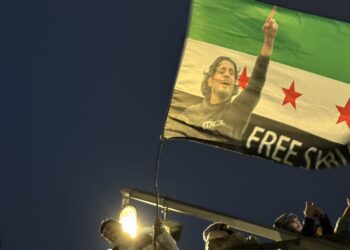On 29 October, an extremely dangerous form of weather event, known as DANA (Depresión Aislada en Niveles Altos / Isolated Depression at High Levels) formed over south-east Spain, where a static area of cold air collided with warm air at around 9,000m altitude. The resulting storms affected a vast area of the country. Worst hit was Valencia, suffering from torrential rain – with almost 500l/m2 registered in some areas – and devastating flooding that has so far resulted in the deaths of more than 200 people.

Many people are now aware of the devastating impact of the recent storms that caused these fatal floods – storms that were made more intense and more likely by the climate crisis.
However, the world is less aware of the impacts this event has had on food production across south-east Spain. As thousands of farmers assess the scale of damage from golf ball-sized hail around the town of El Ejido in Almería, significant and widespread impacts on fruit and vegetables exports to countries like Germany, France and the UK are increasingly likely.

Painfully, as with the recent hurricanes in the United States, media attention will soon turn elsewhere as Spain attempts to move on. However, the impacts of this extreme weather event will continue and dissipate across Europe in the coming weeks and months as the toll on the agricultural sector ripples out.
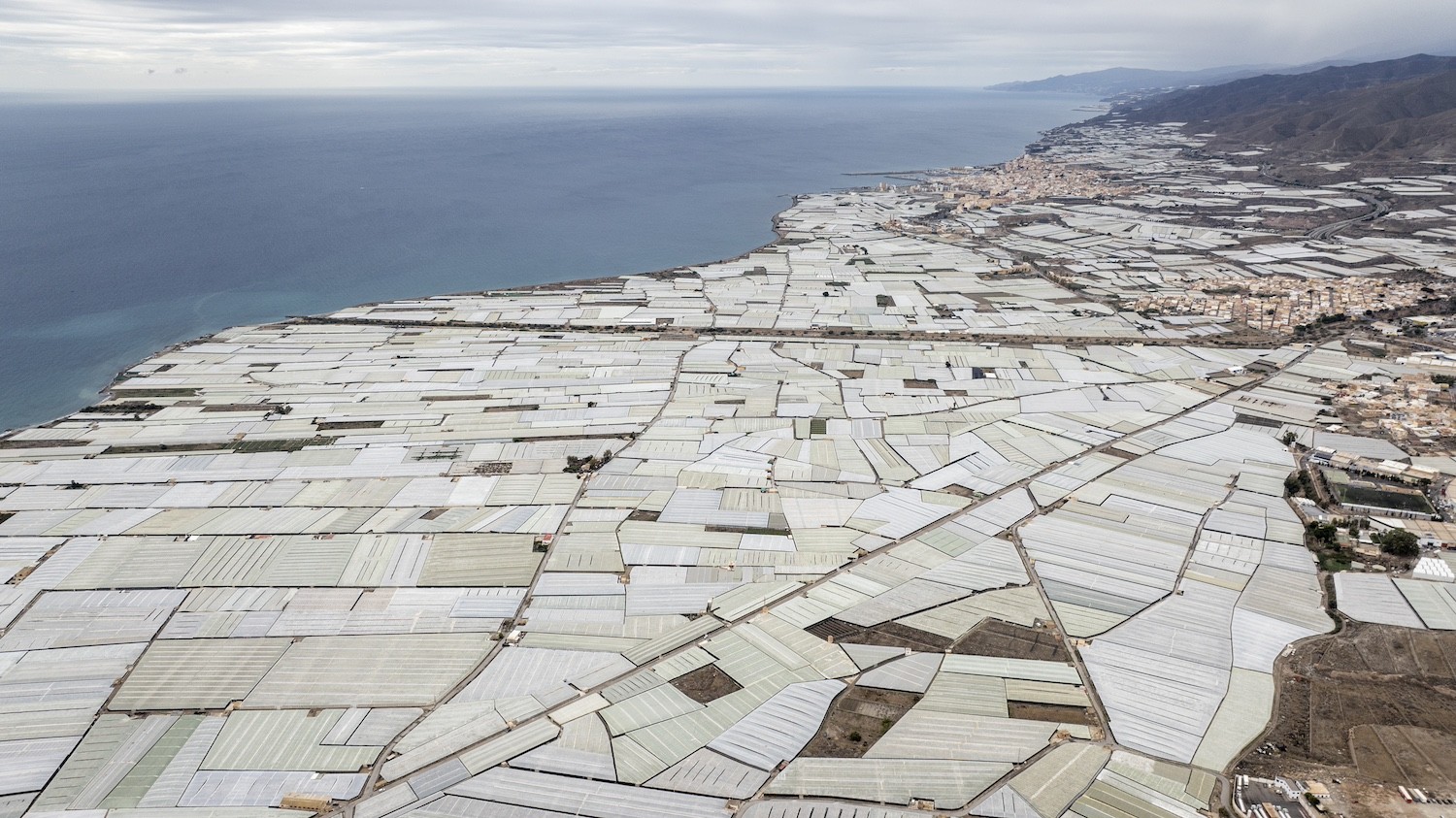
The province of Almería lies on the south coast of Spain and contains the highest concentration of greenhouses in the world – some 15,000 farms spread over 33,000 hectares. These plastic-covered greenhouses allow farmers to grow crops all year round, producing over 3 million tonnes of fruit and vegetables for export to Germany, France, the UK and others. In 70 years, the province has gone from one of the poorest to one of the richest in Spain. The industry here now produces more than 3 million Euro in income a year.
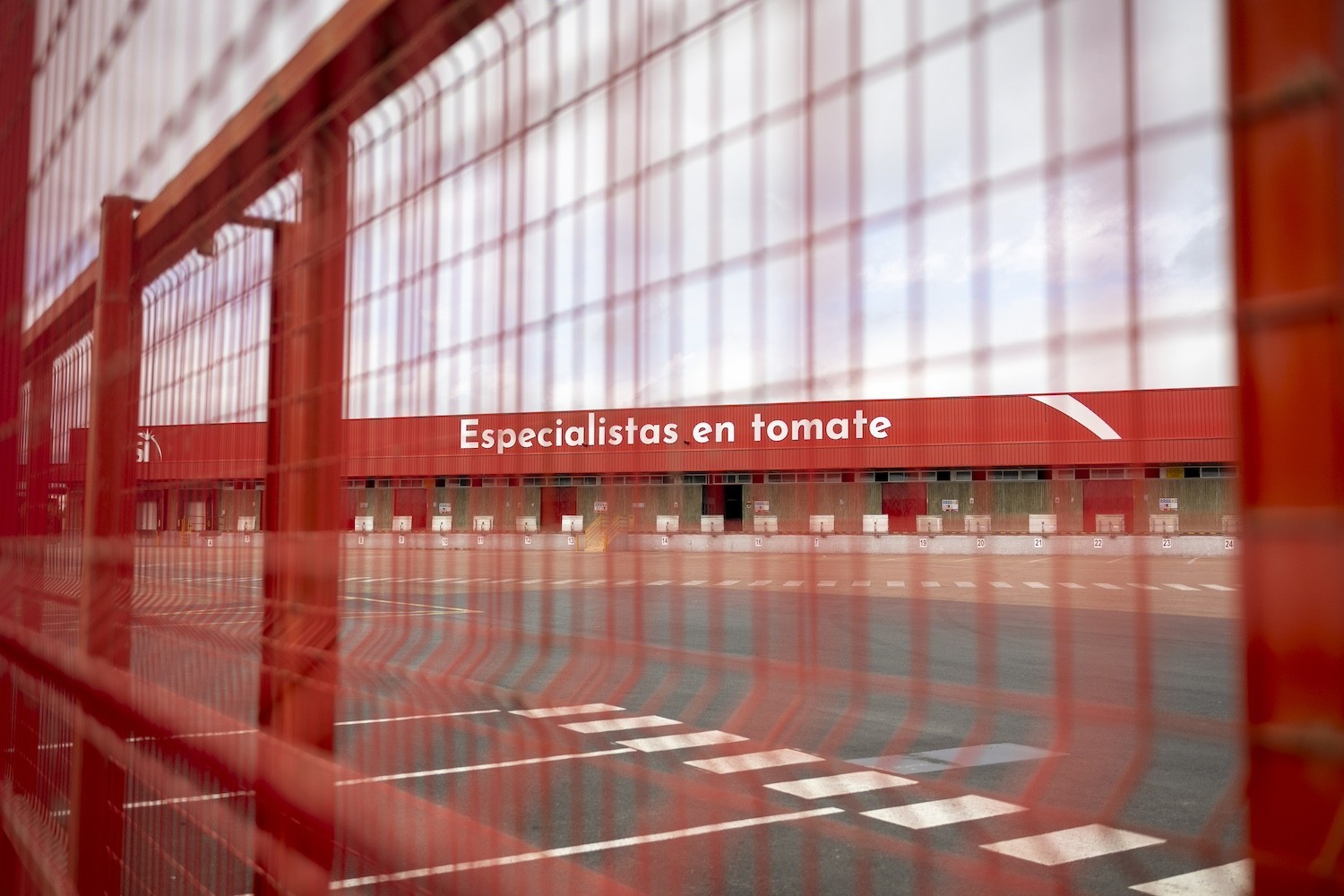
As the violent electrical storms passed over Almería, they reached a zenith around the town of El Ejido, where hail the size of golf balls smashed vehicle windows and damaged the greenhouses.
Between 9pm and midnight on 28 October, emergency services in El Ejido logged more than 50 calls about the storm.
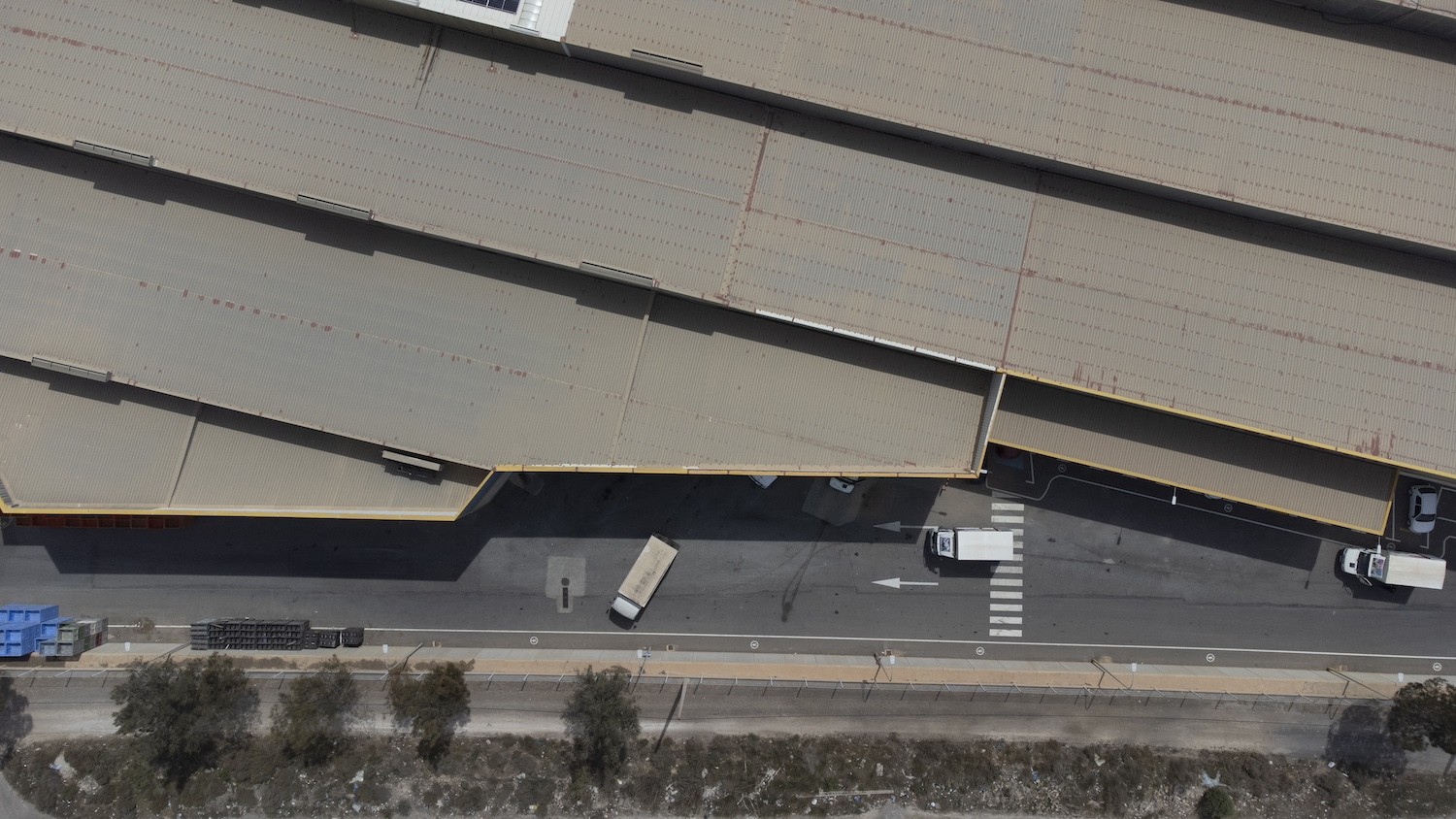
In some areas, greenhouses collapsed under the weight of the intense precipitation. Most greenhouses appeared to have been pierced to some degree, and many were completely shredded and their crops destroyed.
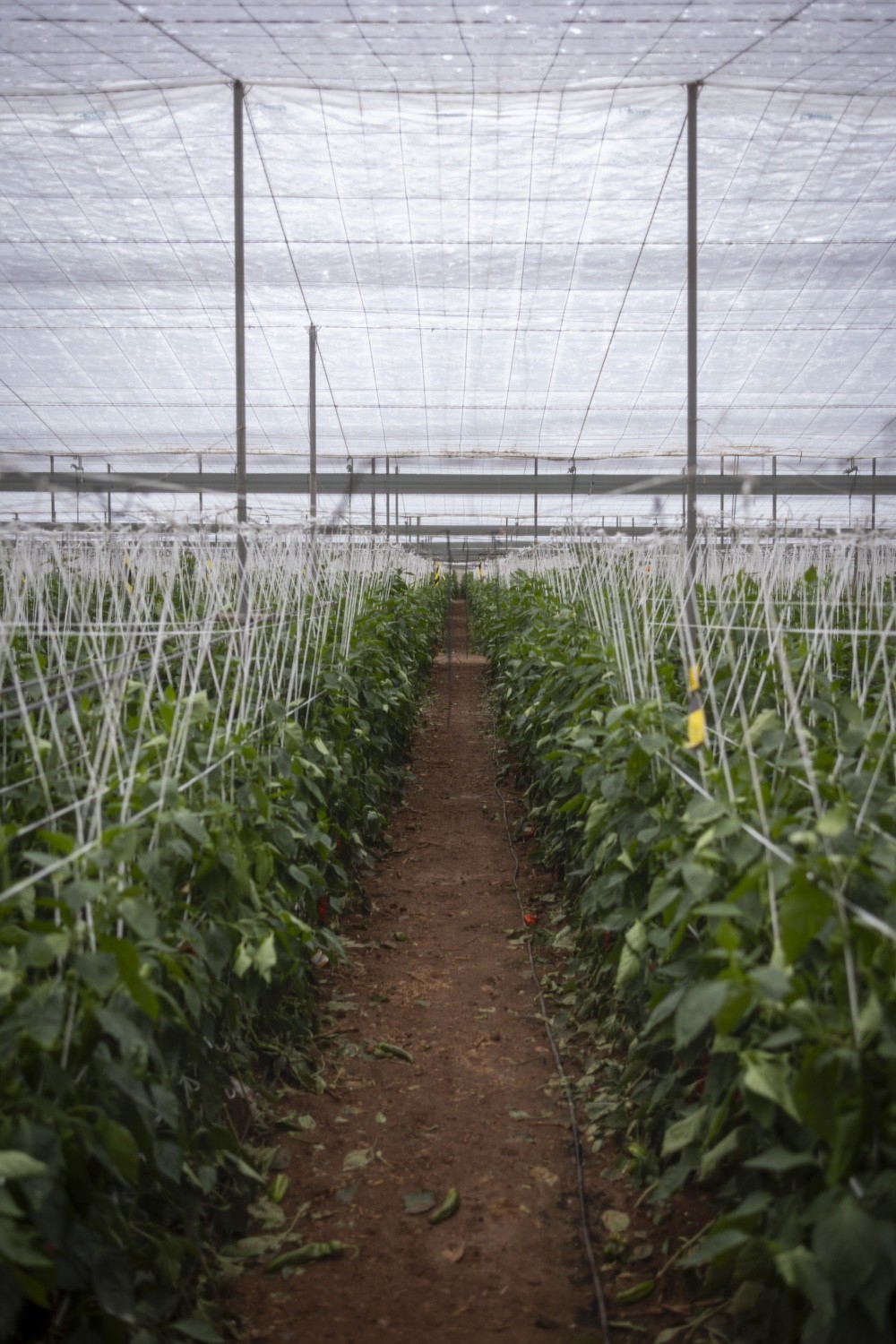
These greenhouses are mostly wood and metal structures of varying complexity, encircled with fine mesh, with roofs covered in multiple layers of thin opaque plastic sheeting. This roof plastic is typically replaced every 2 years, with around 33,500 tonnes of plastic waste generated every year in Almería alone.
Although some of the affected greenhouses may have been at the end of this cycle, the unplanned repairs and replacements will stretch limited construction workers and supplies.
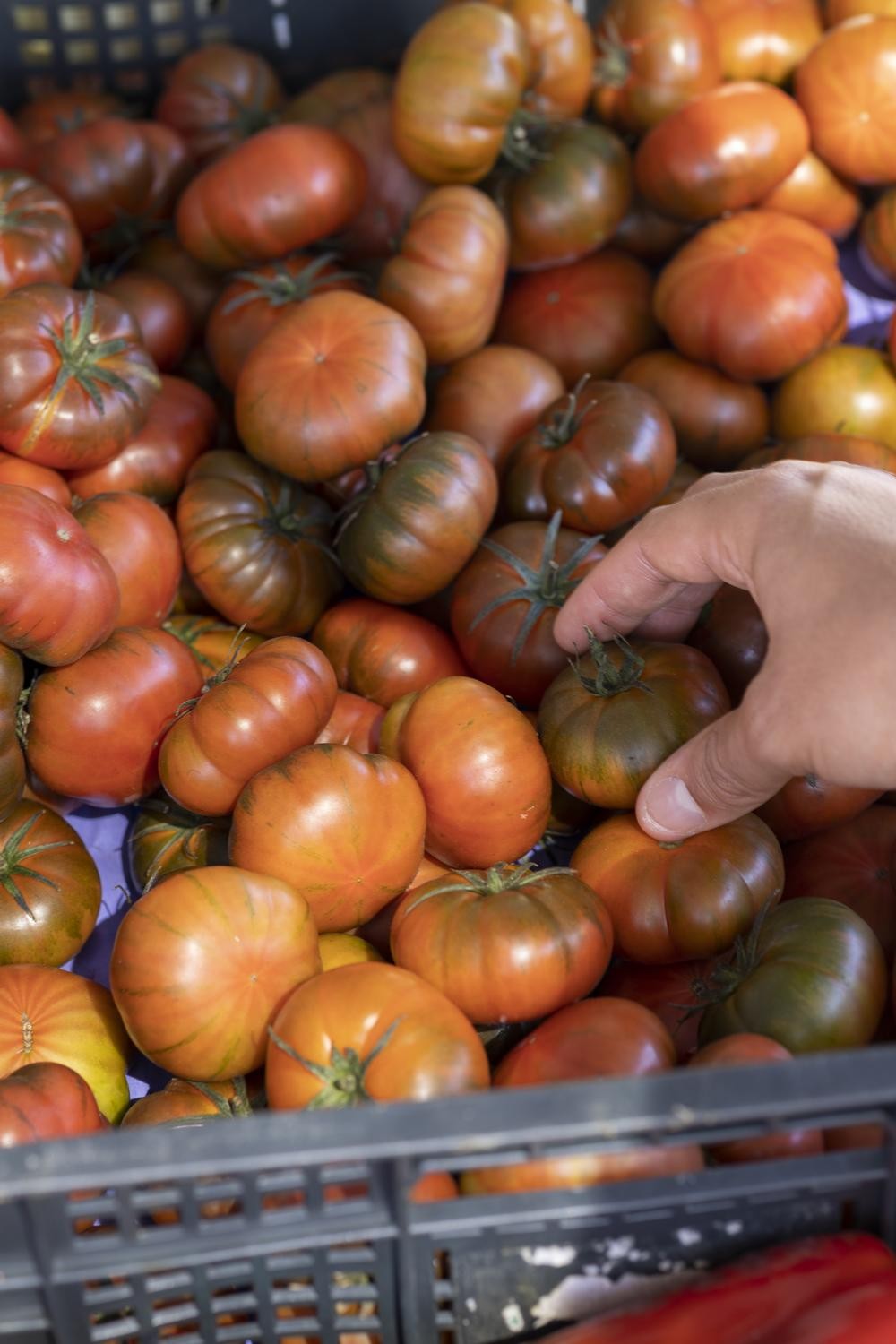
The scale of the destruction is evident from above – of the 13,000 hectares of greenhouses around the city of El Ejido in the centre of the so-called Sea of Plastic, around 4,500 hectares were affected by the hail, with one agricultural cooperative, Ejidomar, stating that virtually all of the greenhouses in that area had suffered “severe damage”.
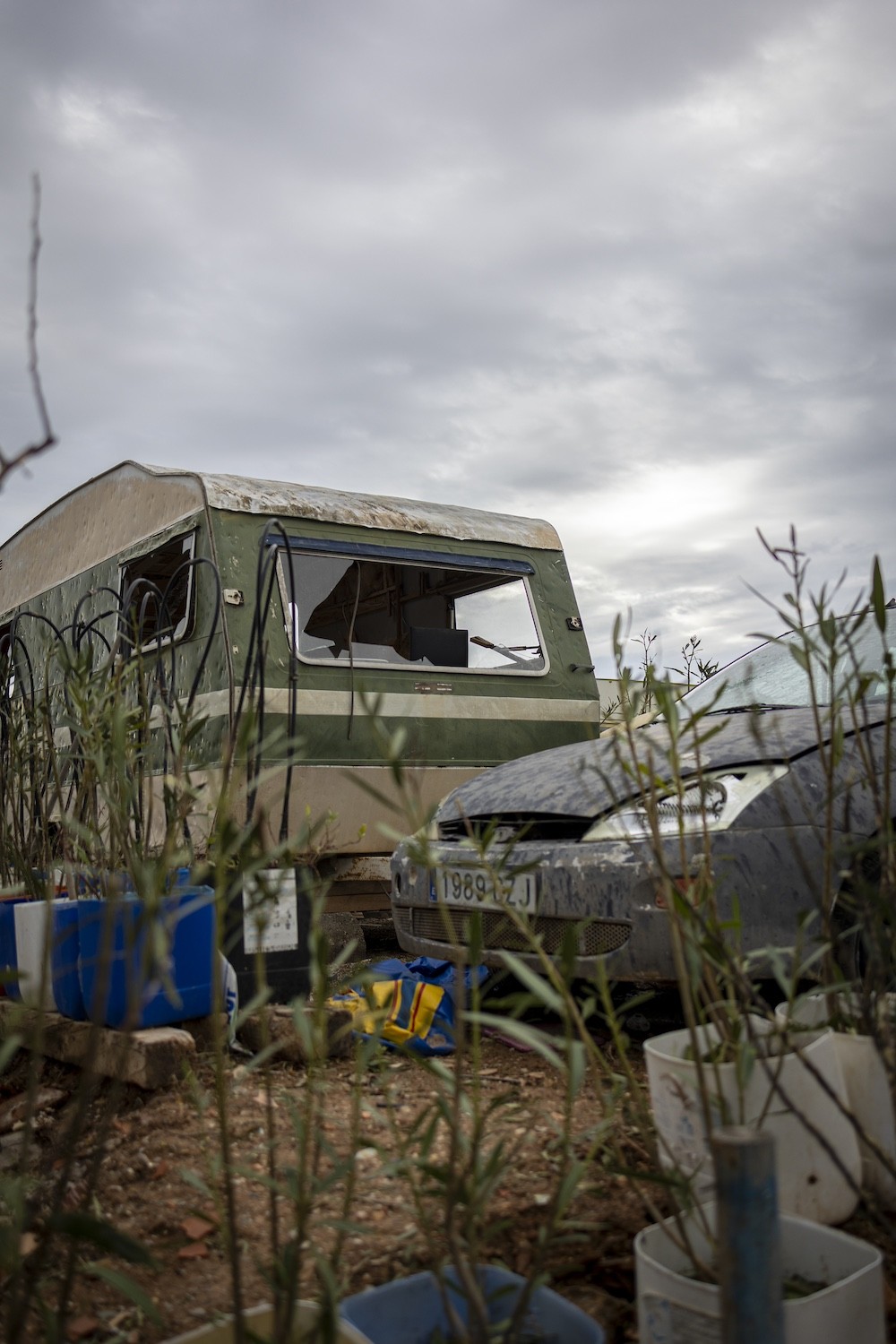
However, Ejidomar notes that damage assessment has proven difficult so far, since even those greenhouses not significantly damaged have been affected by flooding, which may take some time to impact the crops through fruit rot.
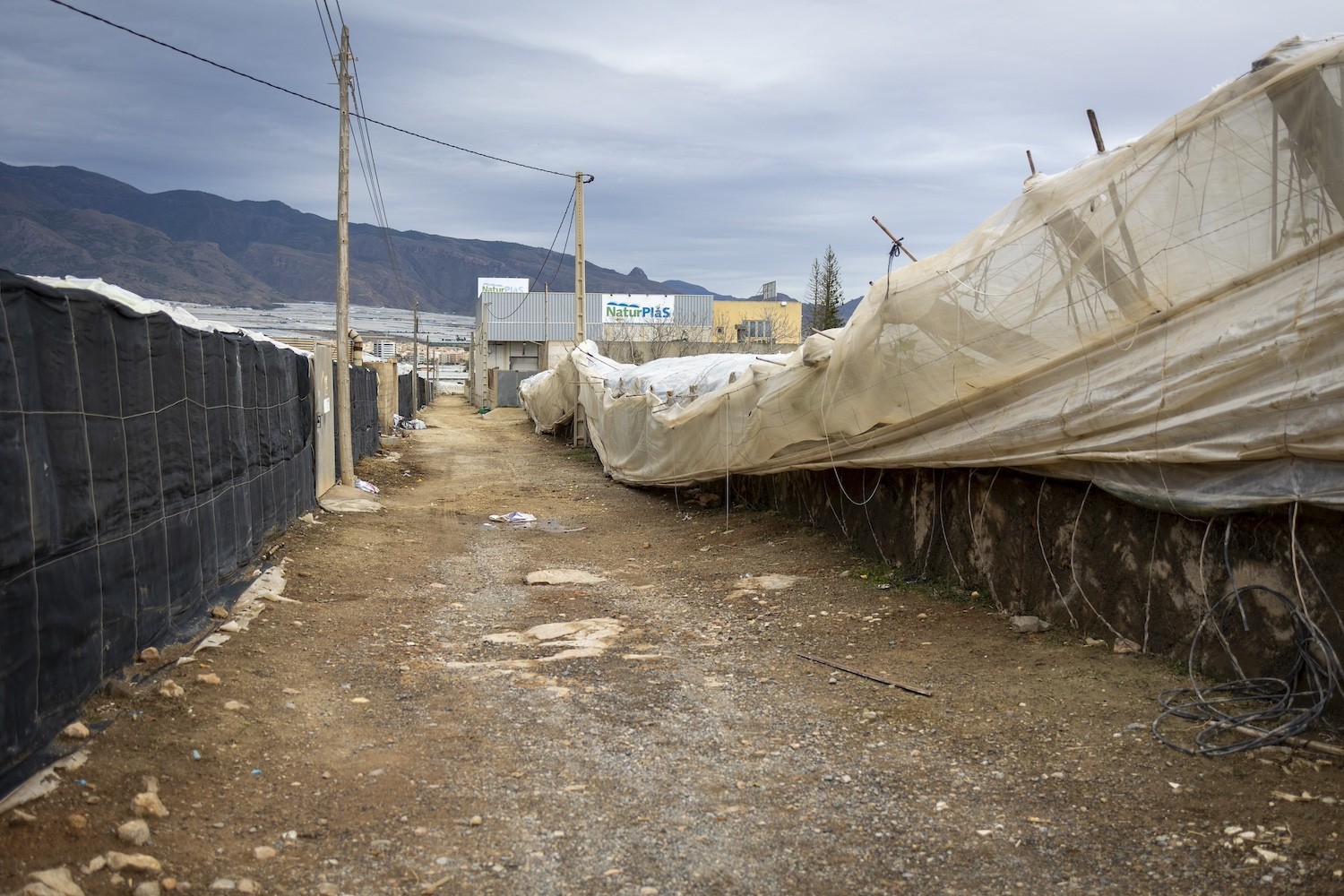
As farmers continue to quantify and report the infrastructural damage and crop losses, early indications suggest that both will be significant. According to the president of the Ejidomar cooperative, José Antonio Baños, “a direct loss of more than 20% of the pepper crops is expected”, the main crop produced in El Ejido in this campaign. This loss comes during a season where pests had already reduced harvests by an estimated 10%, and already much of the crop was predicted to be of second class quality.
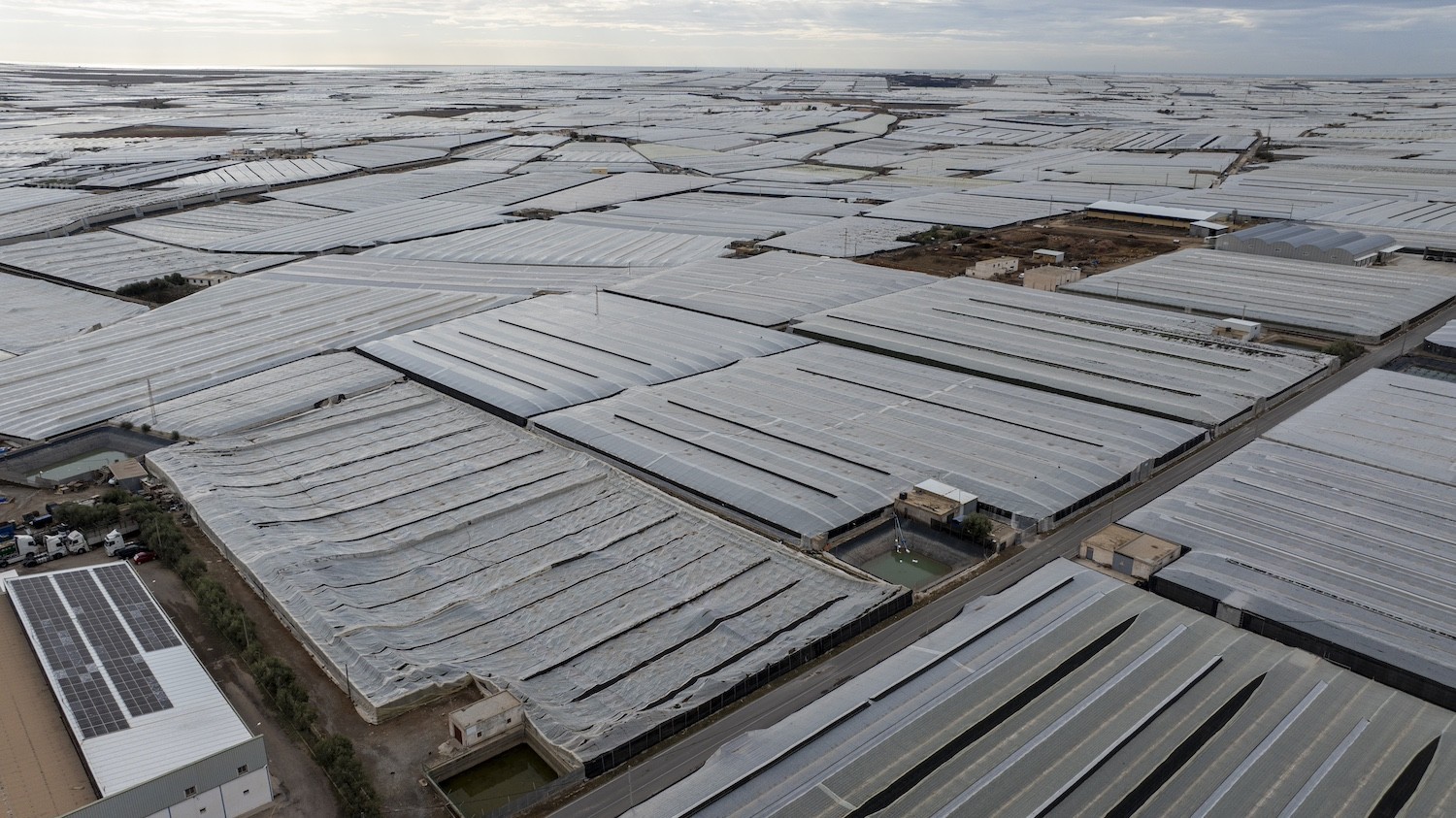
There has been debate around the likely scale of the crop losses, however: “the total damage is still hard to see… But it is too early to take stock yet” says Jan van der Blom, from the tomato cooperative Coexphal. The cost of infrastructural damage is clear, though, with the damage already likely to be well into the millions of Euro according to the cooperative Asaja Almería.
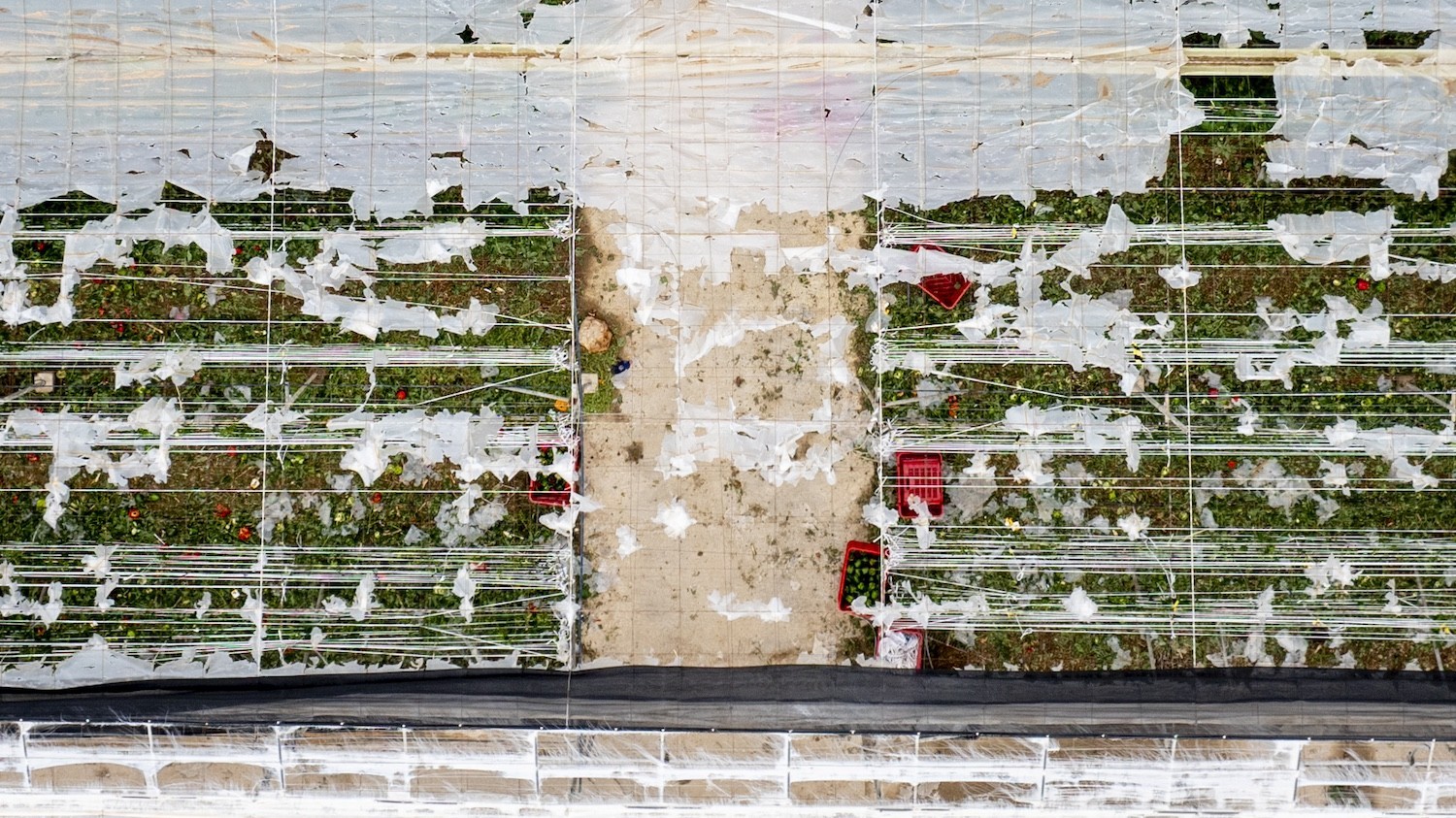
These crop losses are not isolated to Almería, of course. The agricultural land around Valencia produces large quantities of persimmon and other fruit trees – here crops were damaged and infrastructure destroyed by flooding and strong winds. A few days after the deadly storms in Valencia, a red alert was issued for the province of Huelva, a major soft berry production region, where flooding has caused significant damage.
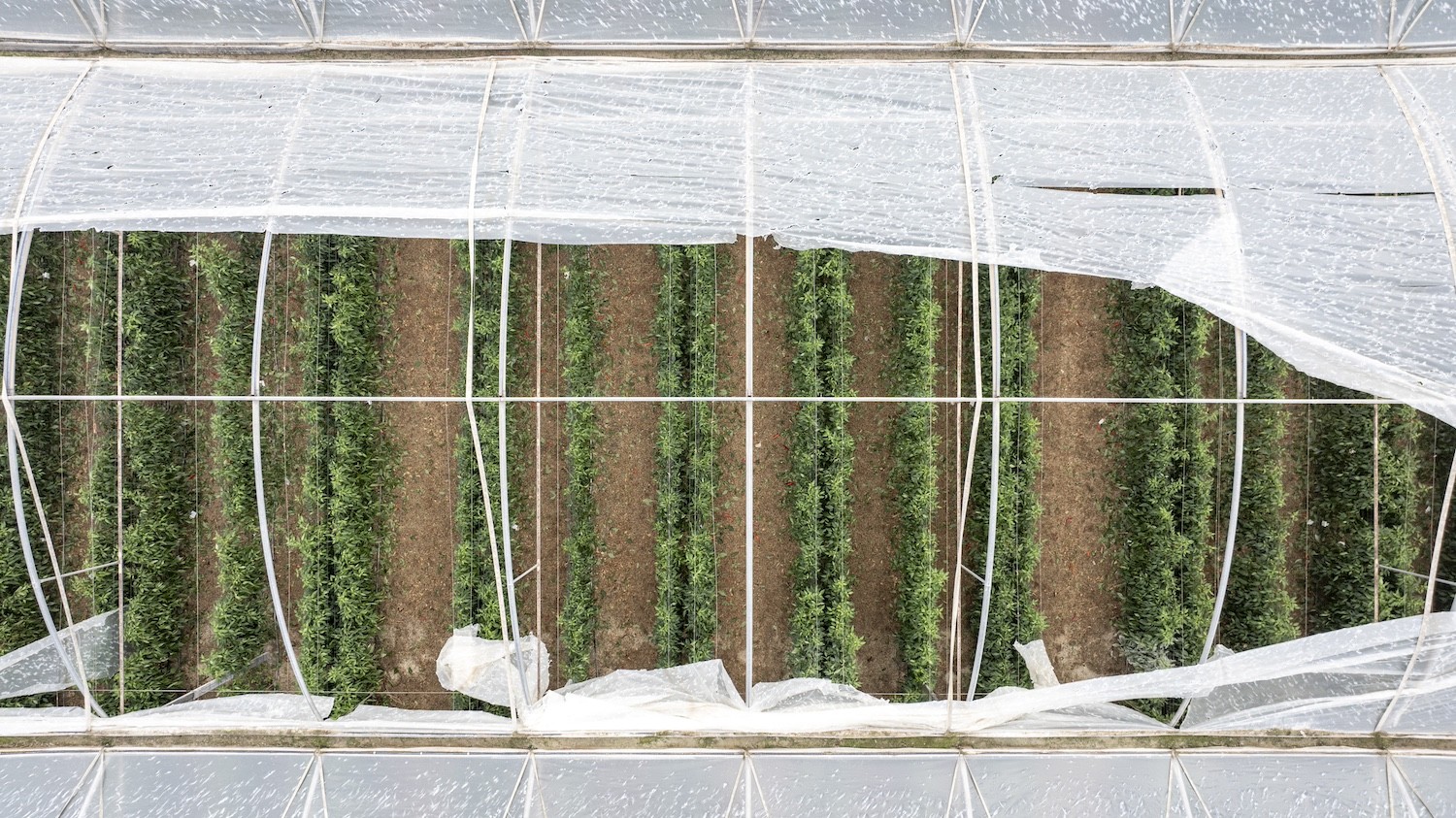
Throughout the south and south east of Spain, the storms have also affected road infrastructure and subsequently hampered transport of harvested produce – one haulage company, Hapag-Lloyd, is continuing to experience problems transporting goods because of the aftermath of the storms.
The productivity and profitability of the greenhouses in the region would not be feasible without low-cost labour. In Almería, this is largely provided by a migrant workforce around 100,000 strong, many of whom are undocumented irregular migrants.
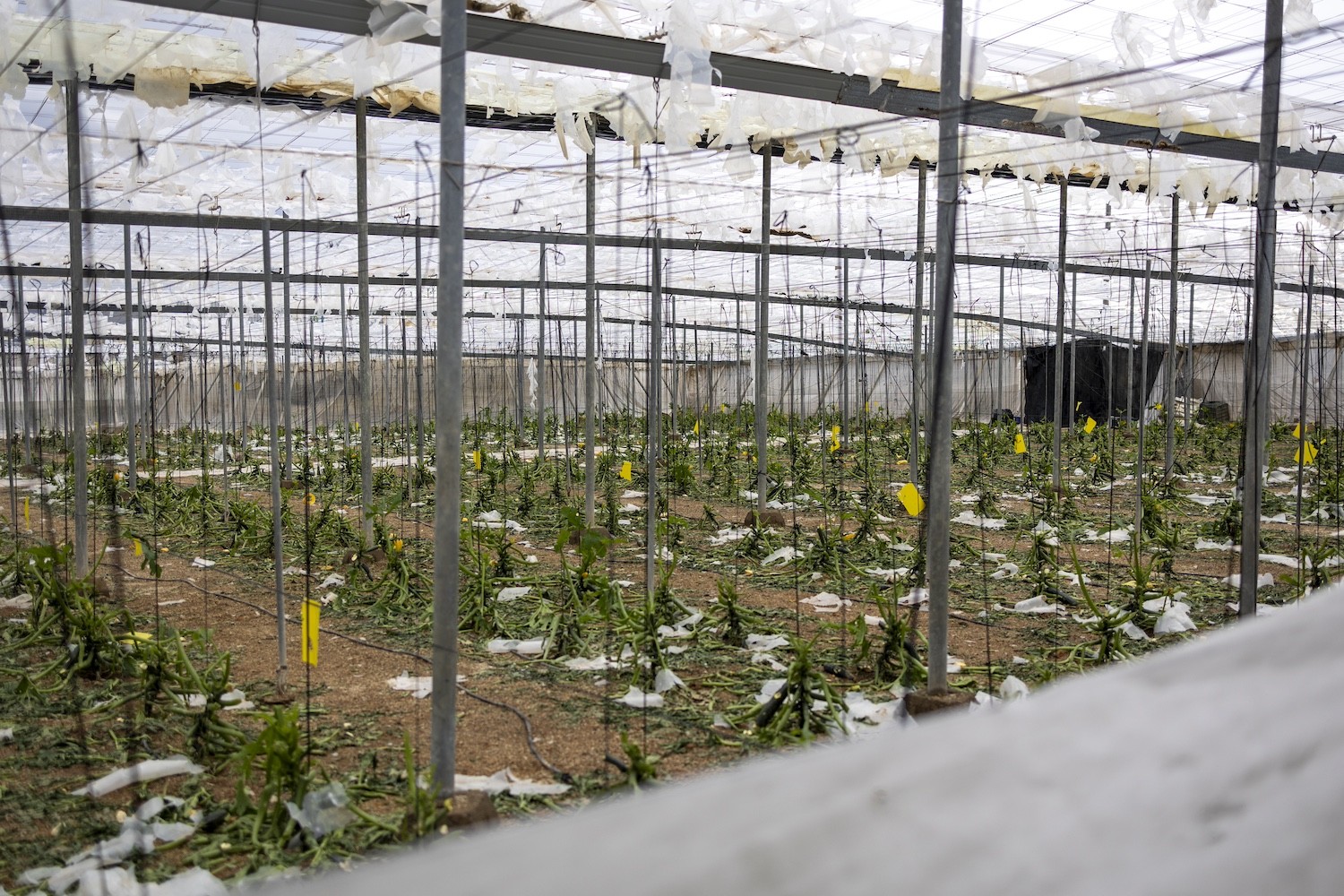
According to a Spanish government-funded report, “the miracle of Spanish food exports would not exist without labour exploitation”. Many of these labourers work well below the minimum wage with no job security and are forced to live in slums, known as ‘chabolas’. These informal settlements have very limited access to clean water and typically no sanitation facilities, often constructed from discarded greenhouse materials.
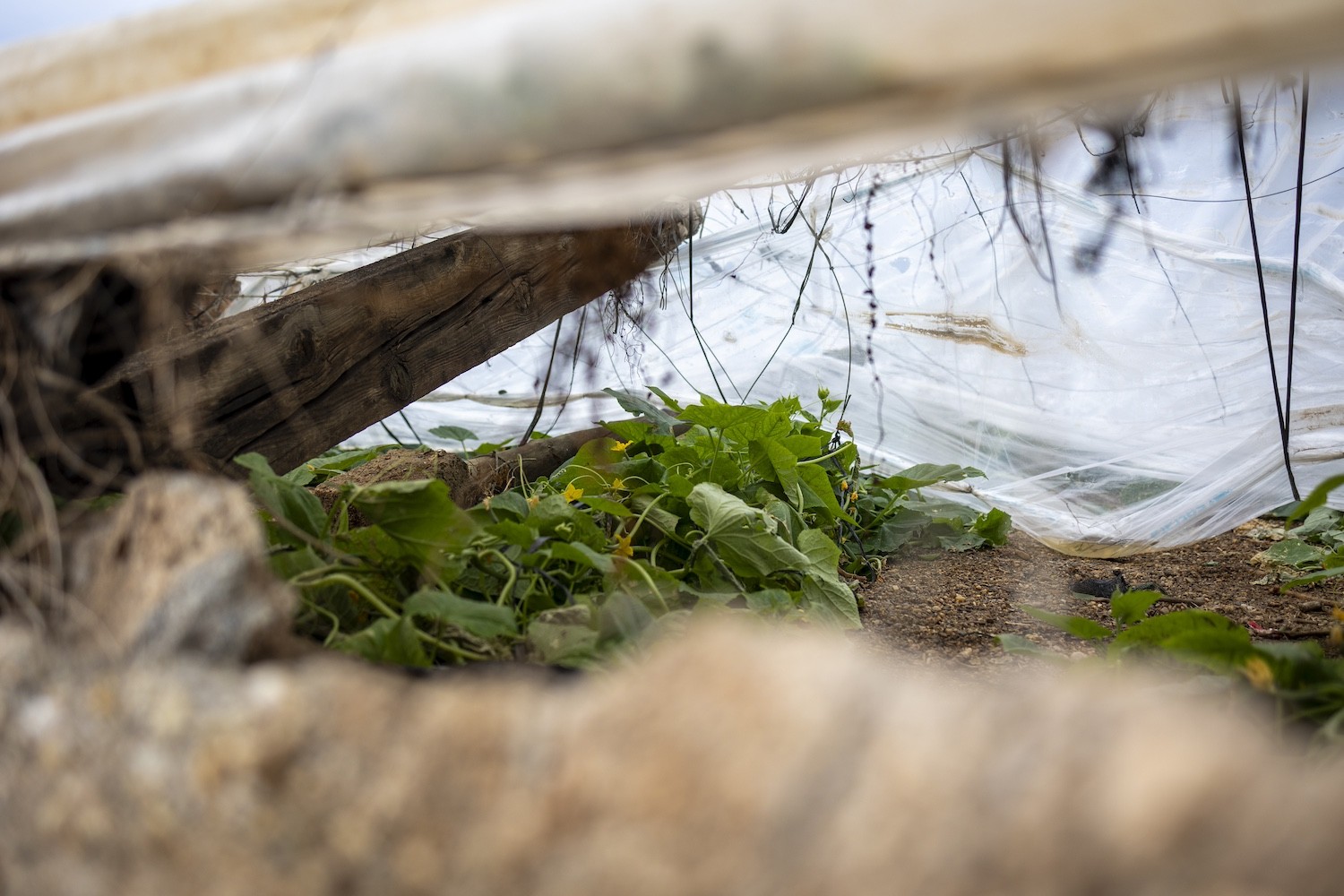
Extreme weather events can be particularly dangerous for people living in these settlements. In Huelva, south west Spain, where the majority of strawberry farms are found, the recent storms have made life for migrant workers even more uncomfortable and dangerous. Here, there have been reports that local social services have provided very limited support to these vital workers whose homes have been flooded.
In addition to the storm damage itself, the loss of crops and hiatus in the growing and harvesting due to hail damage will have knock-on effects on migrant workers who may have no guarantee of pay despite their employers’ losses.
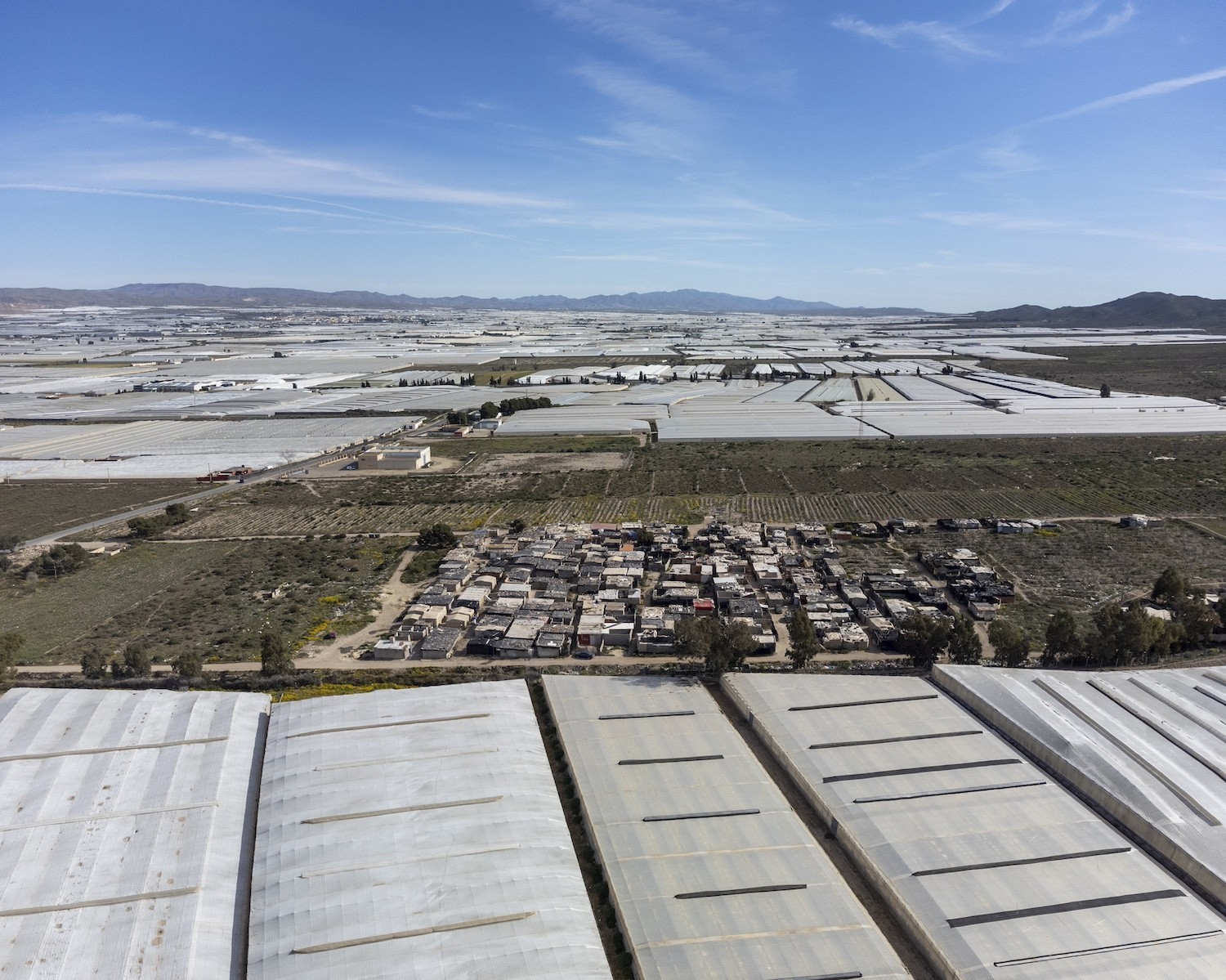
The impact of this extreme weather event on crop production in the El Ejido greenhouses are one more reason that supermarket shelves in Germany, France and especially the UK may soon begin to run empty for some fruits and vegetables.
The UK imports the majority of its fruit and vegetables (83% and 45%, respectively), with Spain the single largest exporter at 1.6m tonnes (of 7.9m total). This dependency was highlighted early in 2023, when 22% yield losses in Almería associated with frosts resulted in several supermarkets, including Tesco and Aldi limiting customers to three items for tomatoes, cucumbers and peppers, amongst others.

Although the UK Department for Environment, Farming & Rural Affairs blamed this on poor weather – in reality, British supermarkets had used aggressive tactics to avoid paying a premium for British produce in favour of a reliance on overseas supply chains. Post-Brexit bureaucracy was also blamed for the low supply, evidenced by stagnation in import volumes and a lack of similar supply issues in the EU. Ongoing yield uncertainty caused by climate change and political upheaval is likely to cause similar issues in the future.
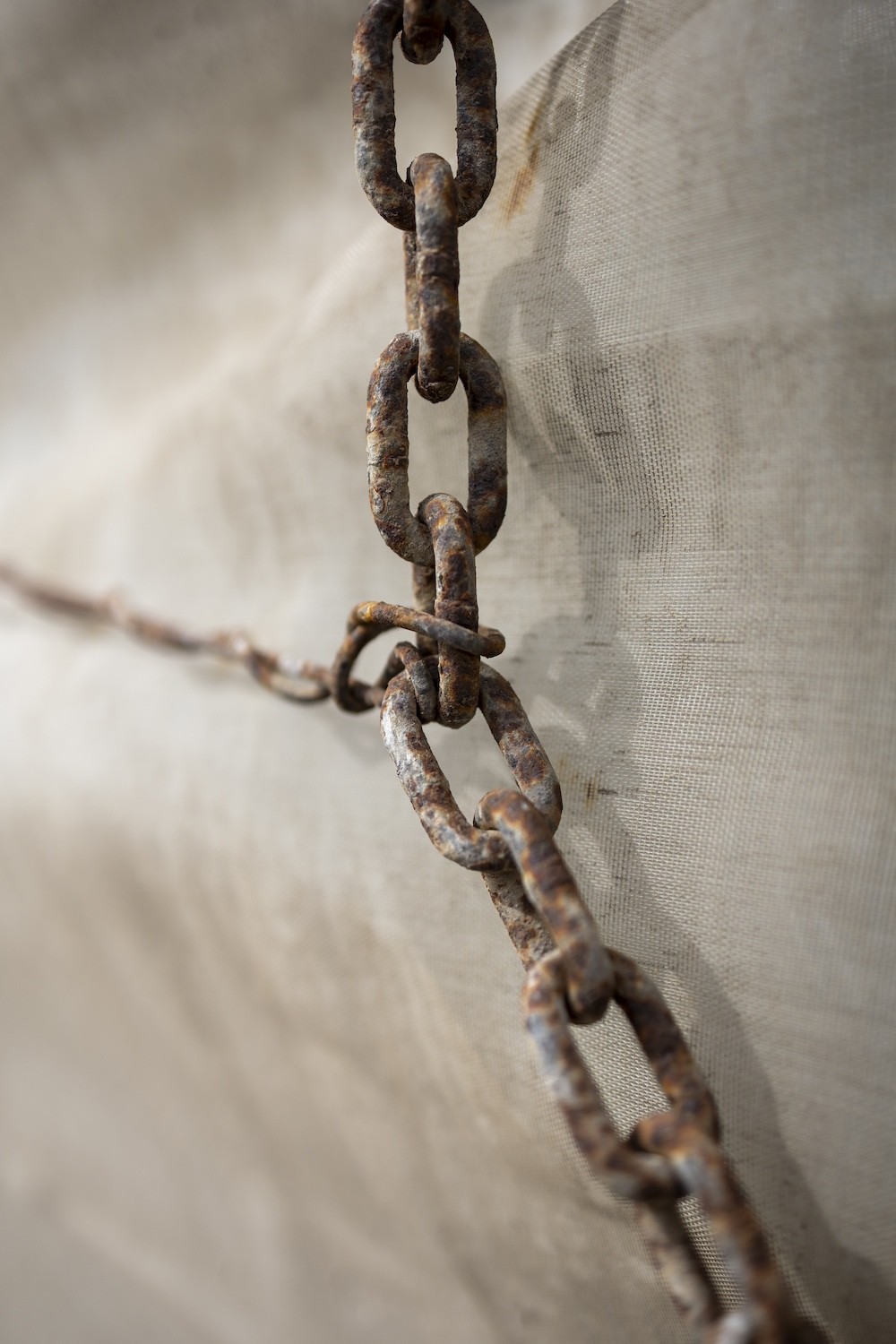
Following a rapid assessment by experts at the World Weather Attribution, this extreme DANA event was made twice as likely and 12% more intense by our current levels of climate crisis. “No doubt about it, these explosive downpours were intensified by climate change,” says Dr Friederike Otto, from Imperial College London.
According to the Intergovernmental Panel on Climate Change (IPCC), anthropogenic climate change is causing more erratic and unpredictable weather events with extremes of water, in particular. Water extremes are, to some degree, a natural feature for Almería, which contains Europe’s only desert. But shortages of water (both in terms of accessibility and usability) have become an increasing problem for agriculture here in recent years – also exacerbated by the climate crisis.
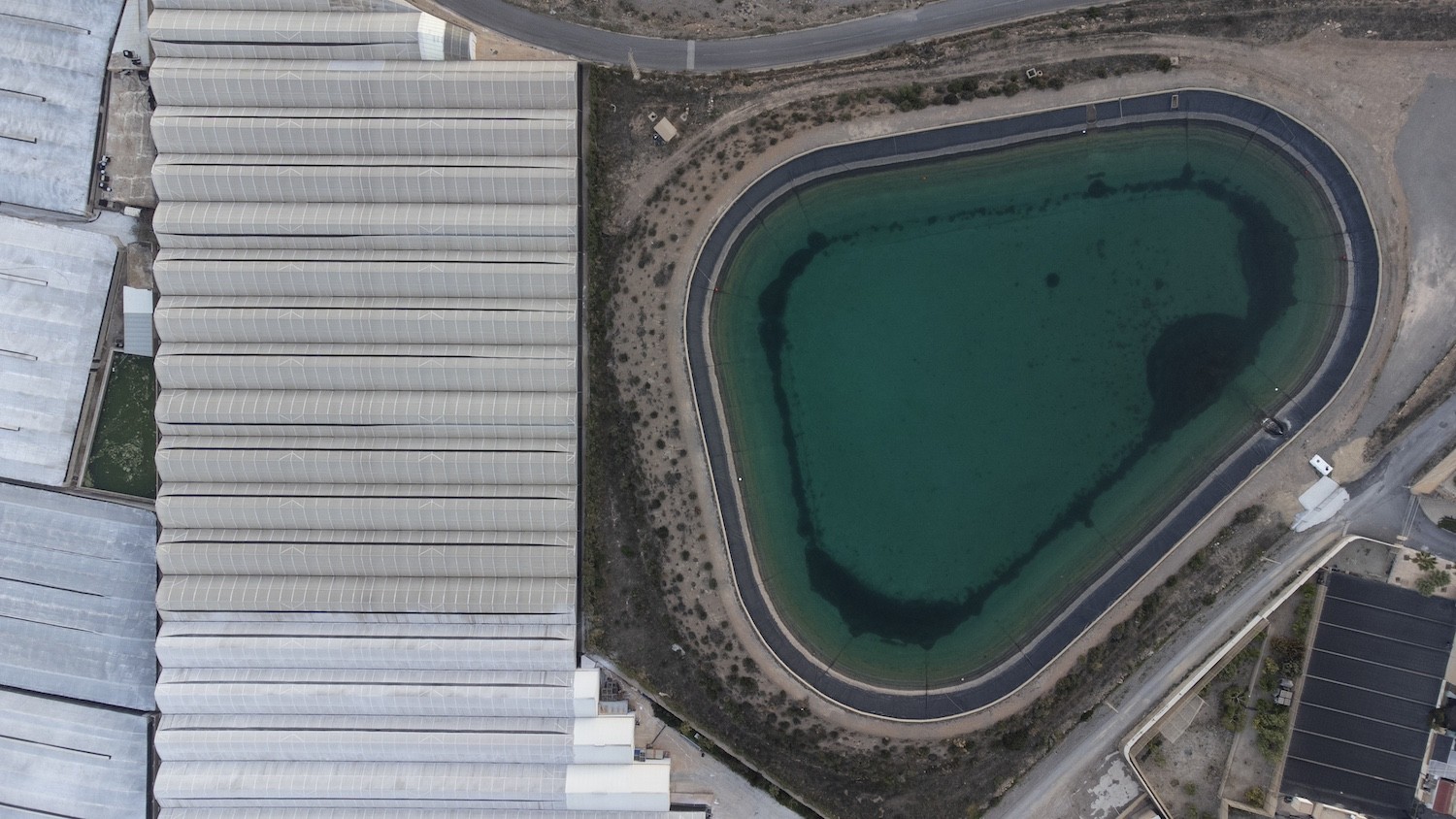
Climate scientists are in strong agreement that anthropogenic climate change will increasingly challenge our current modes of living – globalised food supply chains are likely to be heavily impacted in coming decades. Across Spain, rainfall is predicted to fall between 14 and 20% on average across the year by 2050, which will have significant impacts on food security in the region, let alone long-term sustainability of the agricultural export industry.
These storms have been the worst since the early 1980s, with devastating loss of life and impacts to urban and rural infrastructure alike. As farmers in Almería begin to recover from the hail damage and flooding, planning what they can salvage or grow from scratch, they face an uncertain future – constrained by climate crisis, increasing pests and diseases, and continually narrowing profit margins.
Meanwhile, people caught in the grasp of these massive supply chains, like the migrant greenhouse workers in Almería, are often left to shoulder the burden. Further afield, it raises questions about the future of our globalised food supply chains and the role of the province of Almería in foreign food security under worsening climate crisis.








